Natural Environment
The natural environment surrounding the Aldea del Rocio, in the vicinity of the Doñana National Park, is a unique and diverse ecosystem that is home to a rich variety of flora and fauna. This region, located in the province of Huelva, Andalusia, Spain, is known for its exceptional biodiversity and its importance in wildlife conservation.
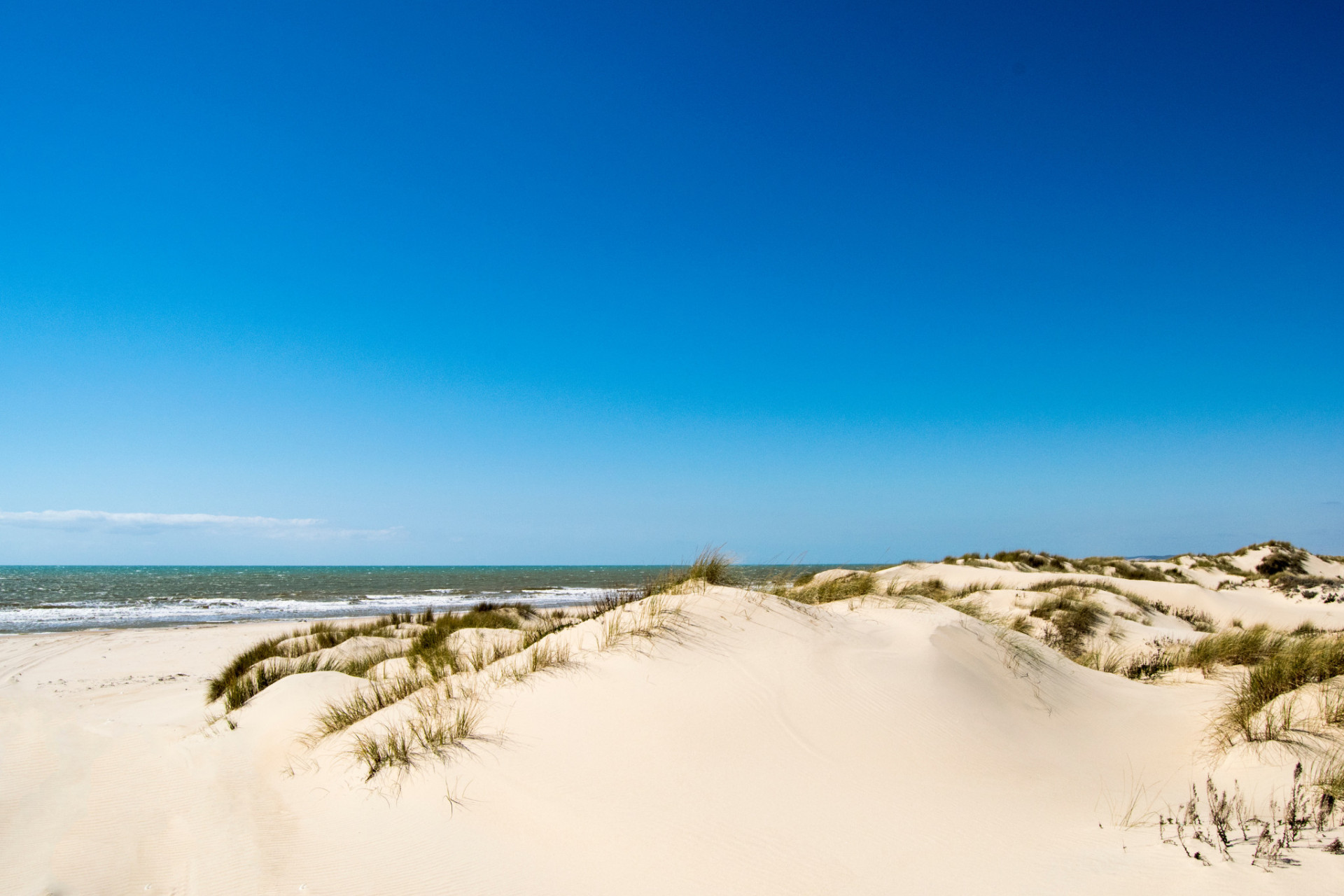
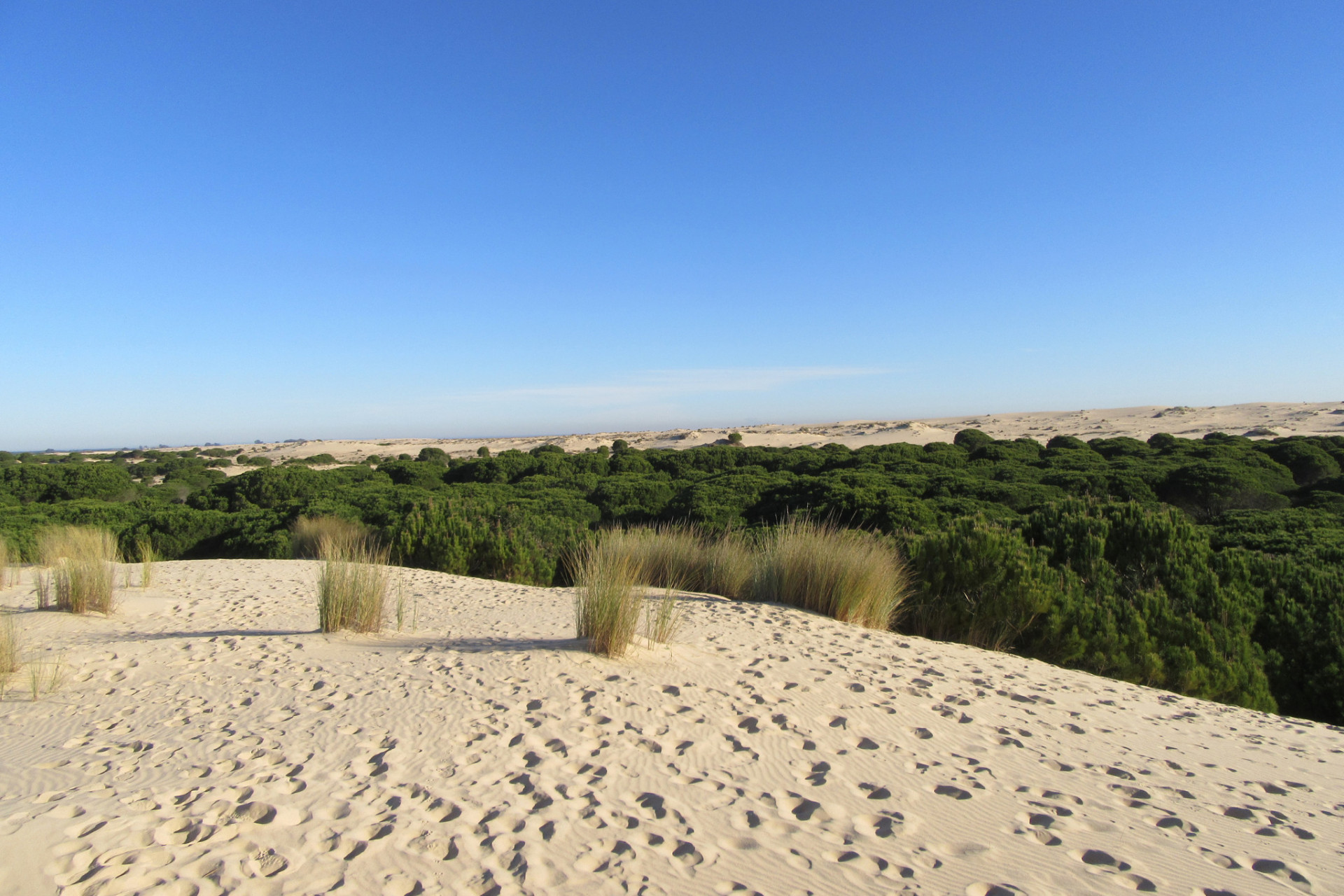
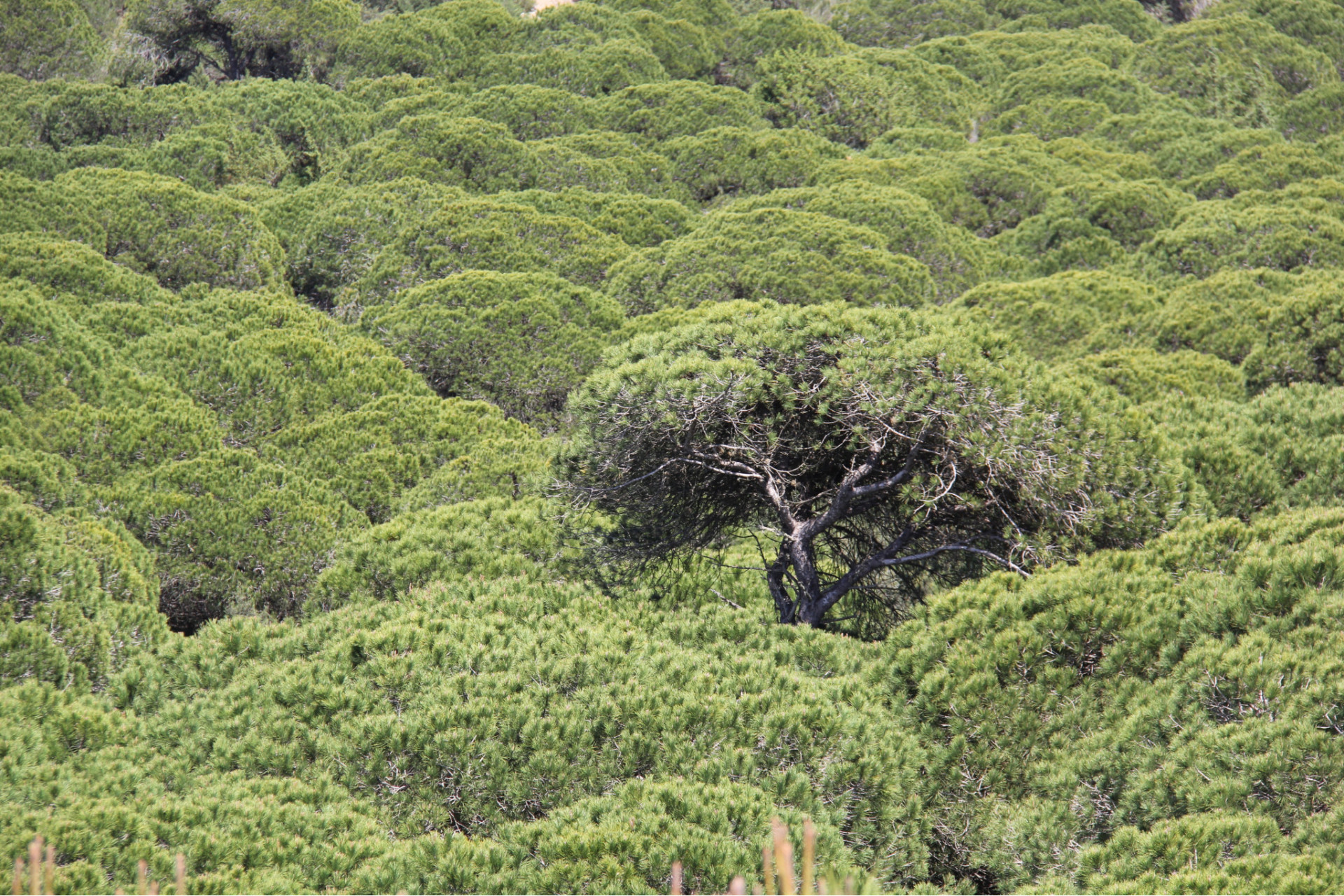

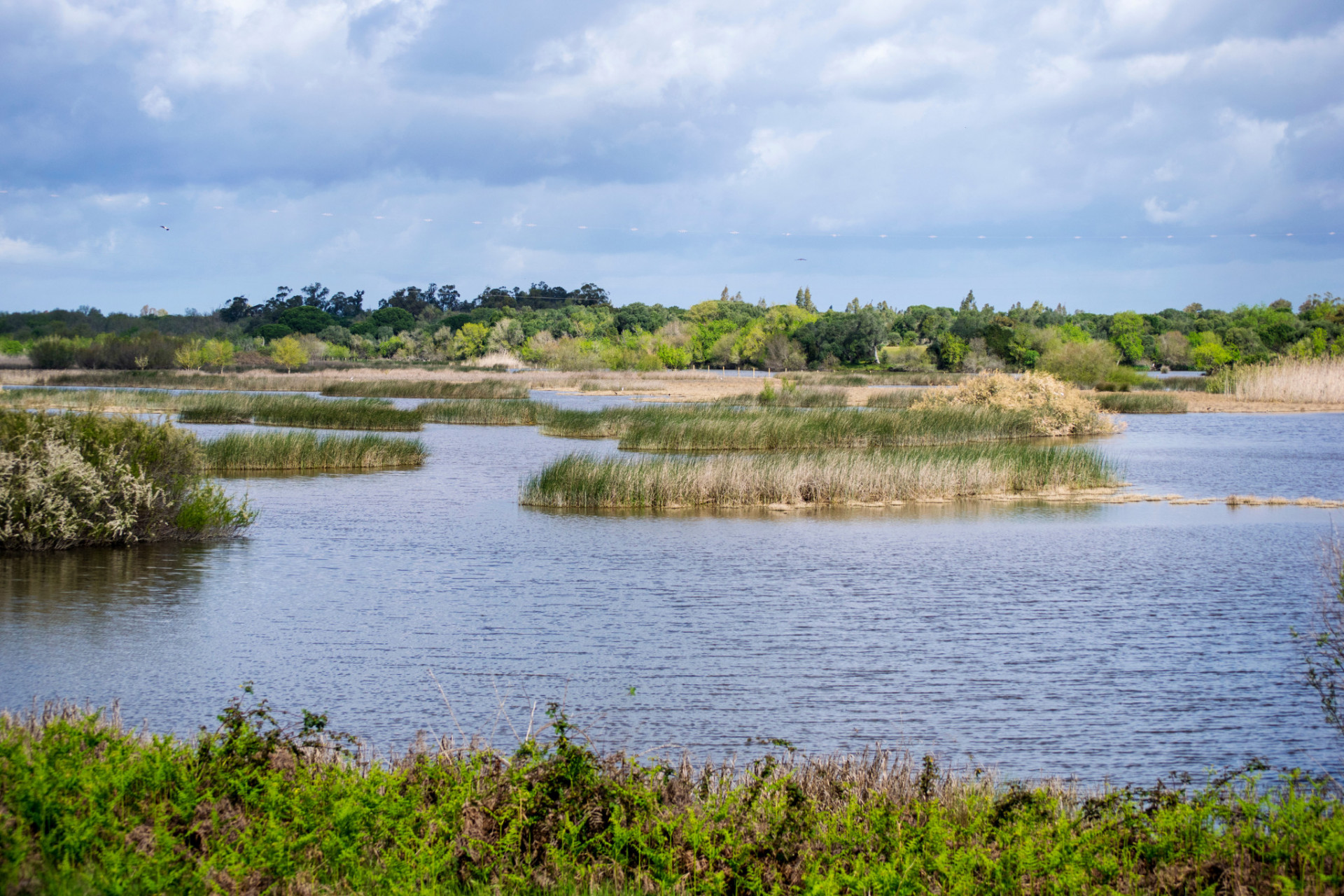

Doñana National Park is the most outstanding wetland in Spain and in all of Europe. Located between the provinces of Huelva and Seville, since 1969 it protects a varied set of ecosystems represented by the Guadalquivir marshes. In these latitudes, next to the Atlantic Ocean, millions of migratory birds arrive every year, making Doñana an important wintering, passage and breeding place for hundreds of species, whose survival depends on its preservation. Its privileged geographical location in the south of Europe, close to Africa, makes it a true natural paradise with a rich biodiversity.
The National Park is home to unique species, some in serious danger of extinction, such as the Iberian Lynx and the Iberian Imperial Eagle. Large mammals and aquatic birds are easily observed in a territory that offers changing landscapes with each season.
The mouth of the Guadalquivir River, its beaches, dunes, marshes, riverside vegetation and biological diversity have earned Doñana international recognition as a Biosphere Reserve and World Heritage Site.
In ancient times, these lands were home to the mythical civilization of Tartessos. Since then, they have been inhabited and exploited by various cultures, from the Romans to the feudal lords. Protection of the natural environment intensified over the centuries, culminating in the declaration of National Park in 1969.
Doñana's flora includes more than 900 species of vascular plants and ferns, many of them rare or endemic. The reserves are a refuge for a wide variety of vertebrates, including the emblematic Iberian Lynx and the Iberian Imperial Eagle, two critically endangered species.
For visitors, Doñana offers a variety of options, from Visitor Centers to guided tours and boat trips on the Guadalquivir. Two annual highlights are the Romería de El Rocío and the Saca de las Yeguas, which showcase the region's rich cultural and livestock tradition.
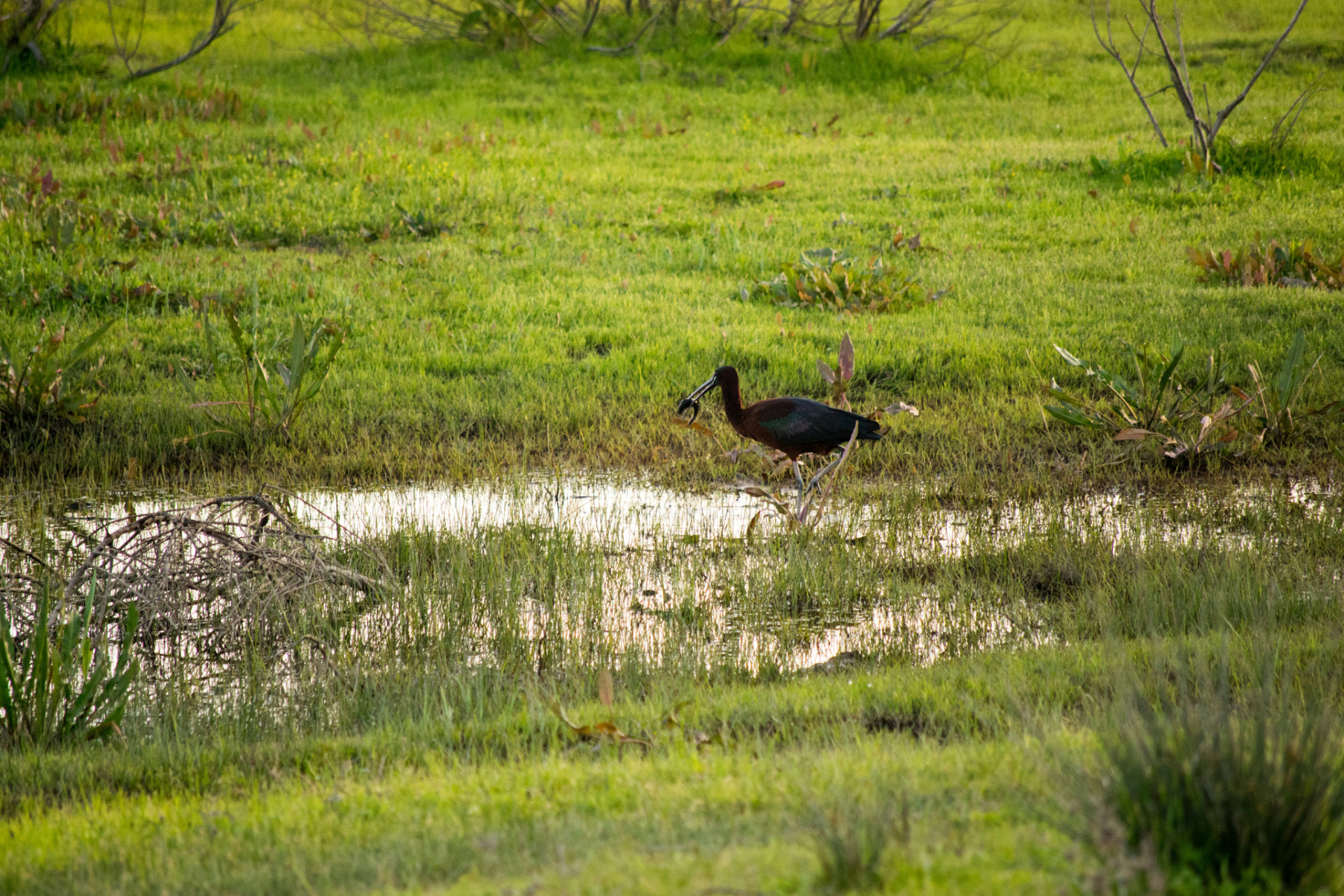



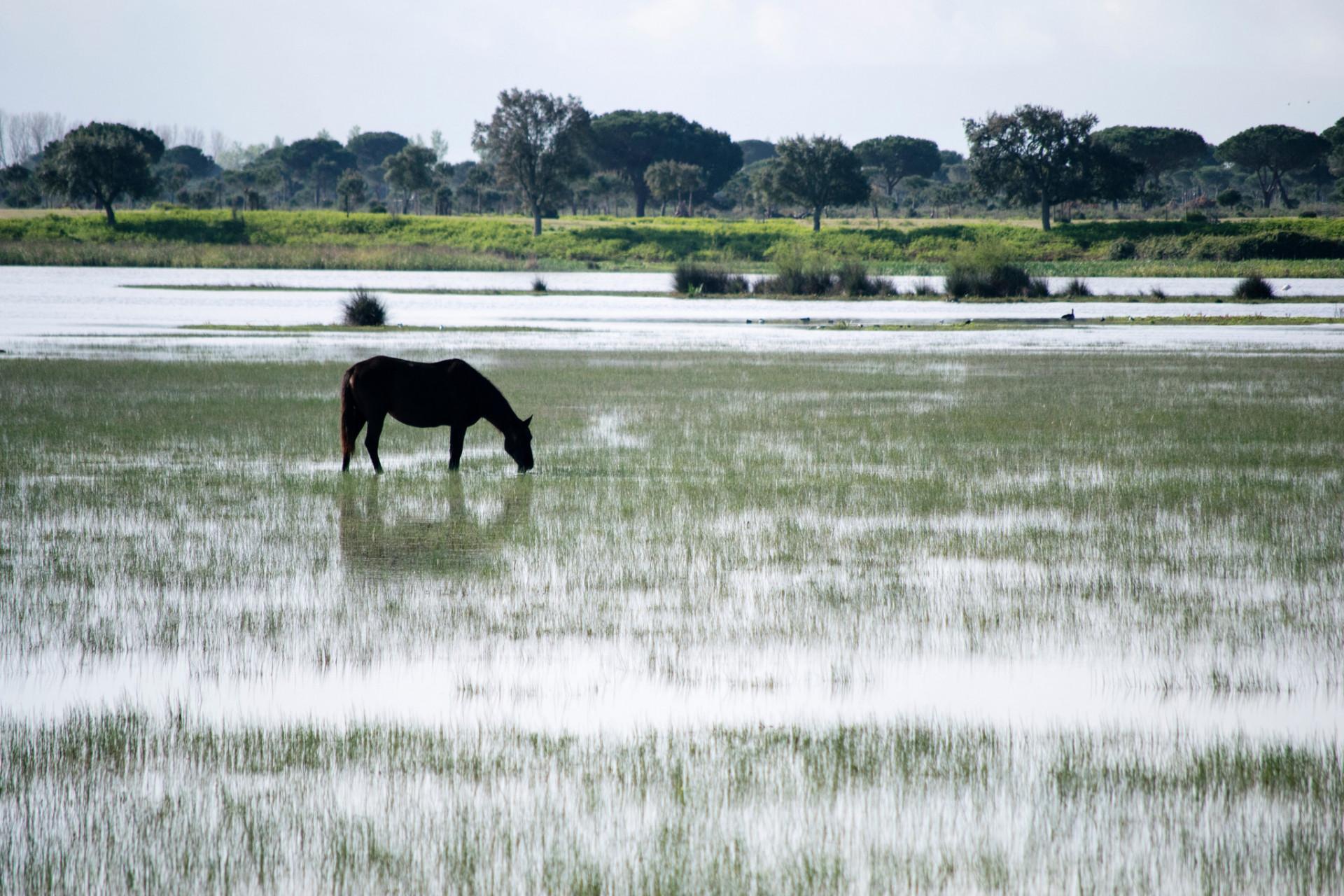



Aldea del Rocio, with its proximity to the Doñana National Park, serves as a starting point to explore this natural wealth. Visitors can immerse themselves in a unique environment where flora and fauna intertwine, offering an unforgettable experience in this exceptional corner of Andalusian nature.
Paths of El Rocío. Andalusia that leaves its mark
Garrucha-El Rocio Trail
- The first of our trails is, at the same time, the most ambitious, as it crosses Andalusia from end to end, connecting Almeria and Huelva through a thread of amazing cultural, gastronomic and scenic diversity. It will have two exits, one from Garrucha, in the heart of Cabo de Gata and the other from Los Vélez (this variant is still under study).
- 657 km
- 27 stages
Campo de Gibraltar Trail
Coming soon
- From Tarifa, a route of great interest crosses the Natural Park of Los Alcornocales, exploring towns of singular beauty and fascinating history, such as Medina Sidonia. This area, characterized by its pastures, is home to numerous cattle ranches of fighting bulls, which give it a special charm. The route continues towards Jerez, passing through Sanlúcar and then on to El Rocío.
- Under study
- Under study
Ham and Fandango Trail
Coming soon
- This route will also have two exits like the Garrucha Trail. On the one hand, the Sierra de Aracena and on the other the Andévalo. In the first, the path will continue through Rio Tinto, Berrocal, La Palma, Bollullos and Almonte; while the second will start from the Huelva town of Paymogo to continue through La Puebla de Guzman, Alosno, Gibraleon, Moguer, Almonte and El Rocio.
- Under study
- Under study